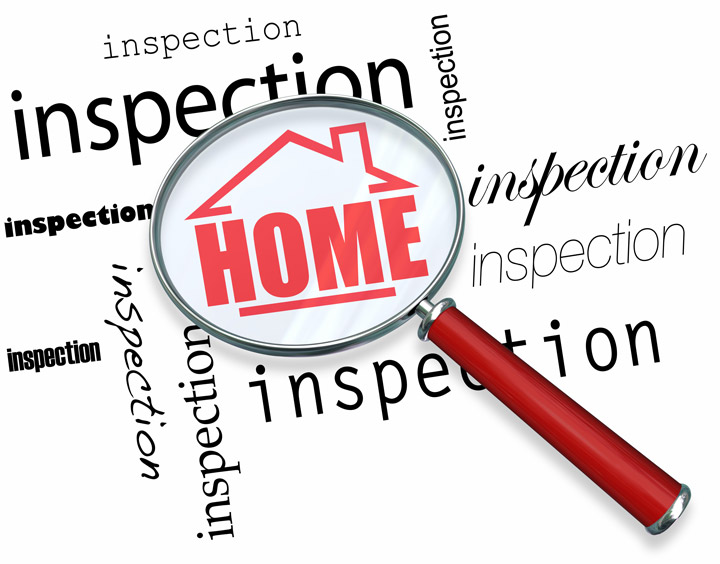
What Goes Into an Appraisal?Getting real estate is the most serious investment some people will ever encounter. Whether it's a main residence, an additional vacation home or an investment, purchasing real property is an involved transaction that requires multiple people working in concert to see it through. It's likely you are familiar with the parties taking part in the transaction. The most familiar entity in the transaction is the real estate agent. Then, the bank provides the money needed to finance the exchange. And ensuring all areas of the exchange are completed and that a clear title transfers from the seller to the buyer is the title company. So, what party is responsible for making sure the value of the real estate is in line with the purchase price? This is where you meet the appraiser. We provide an unbiased opinion of what a buyer might expect to pay — or a seller receive — for a parcel of real estate, where both buyer and seller are informed parties. A licensed, certified, professional appraiser from Morris Appraisals, Inc. will ensure, you as an interested party, are informed. The inspection is where an appraisal beginsOur first task at Morris Appraisals, Inc. is to inspect the property to determine its true status. We must physically see aspects of the property, such as the number of bedrooms and bathrooms, the location, and so on, to ensure they truly are there and are in the condition a typical buyer would expect them to be. The inspection often includes a sketch of the house, ensuring the square footage is correct and illustrating the layout of the property. Most importantly, the appraiser looks for any obvious features - or defects - that would have an impact on the value of the house. Once the site has been inspected, we use two or three approaches to determining the value of the property: a paired sales analysis, a replacement cost calculation, and an income approach when rental properties are prevalent. 
Cost ApproachHere, the appraiser analyzes information on local construction costs, the cost of labor and other elements to derive how much it would cost to replace the property being appraised. This value often sets the maximum on what a property would sell for. The cost approach is also the least used predictor of value. 
Paired Sales AnalysisAppraisers become very familiar with the subdivisions in which they appraise. They thoroughly understand the value of specific features to the homeowners of that area. Then, the appraiser looks up recent transactions in close proximity to the subject and finds properties which are 'comparable' to the subject being appraised. By assigning a dollar value to certain items such as fireplaces, room layout, appliance upgrades, extra bathrooms or bedrooms, or quality of construction, we adjust the comparable properties so that they are more accurately in line with the features of subject property.
An opinion of what the subject might sell for can only be determined once all differences between the comps and the subject have been evaluated. At Morris Appraisals, Inc., we are experts when it comes to knowing the worth of real estate features in Glendale and Maricopa County neighborhoods. This approach to value is typically given the most weight when an appraisal is for a home exchange. Valuation Using the Income ApproachIn the case of income producing properties - rental houses for example - the appraiser may use a third approach to value. In this situation, the amount of income the property generates is taken into consideration along with income produced by nearby properties to determine the current value. Putting It All TogetherAnalyzing the data from all applicable approaches, the appraiser is then ready to state an estimated market value for the property in question. The estimate of value at the bottom of the appraisal report is not always the final sales price even though it is likely the best indication of a property's valueThere are always mitigating factors such as the seller's desire to get out of the property, urgency or 'bidding wars' that may adjust an offer or listing price up or down. Regardless, the appraised value is typically employed as a guideline for lenders who don't want to loan a buyer more money than they could get back in the event they had to sell the property again. The bottom line is, an appraiser from Morris Appraisals, Inc. will guarantee you discover the most fair and balanced property value, so you can make profitable real estate decisions. |